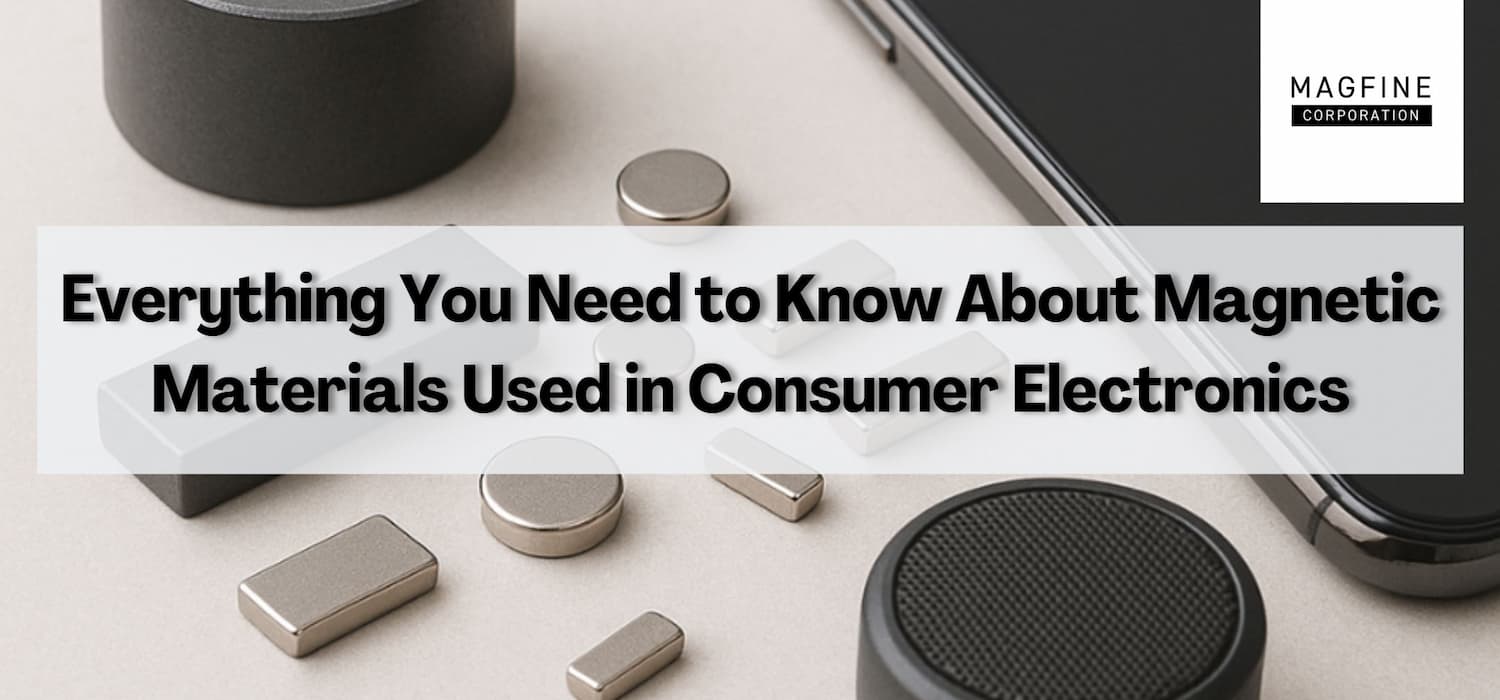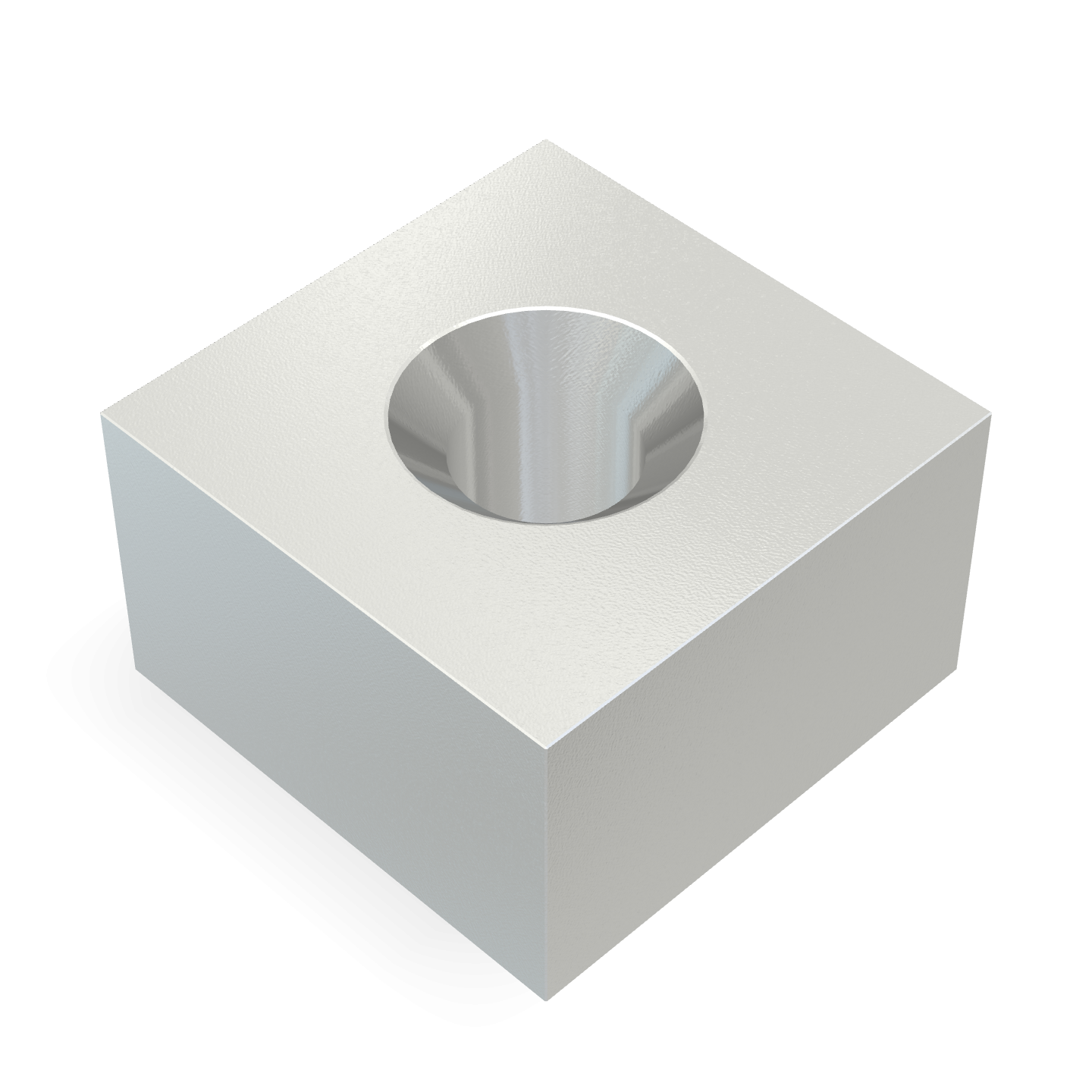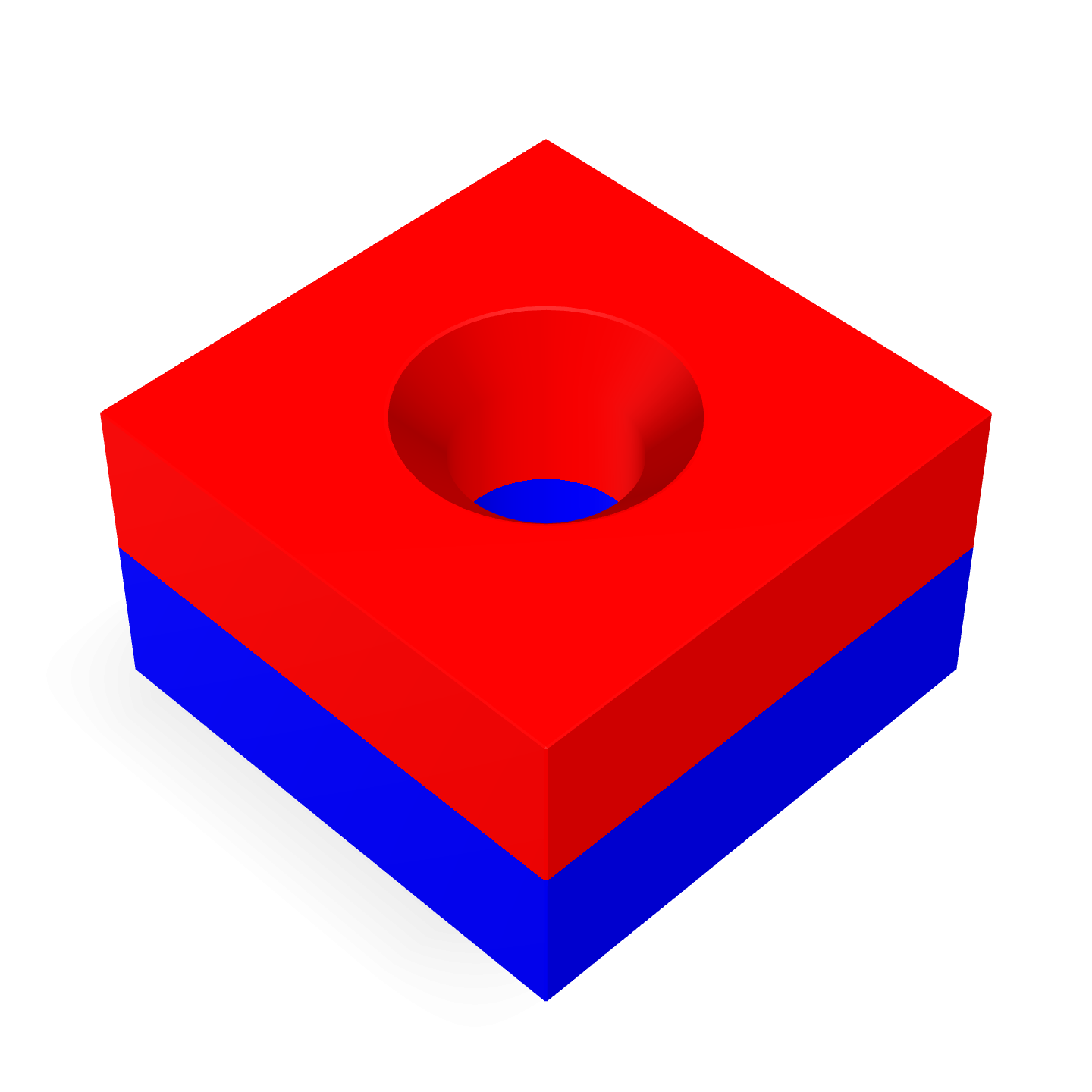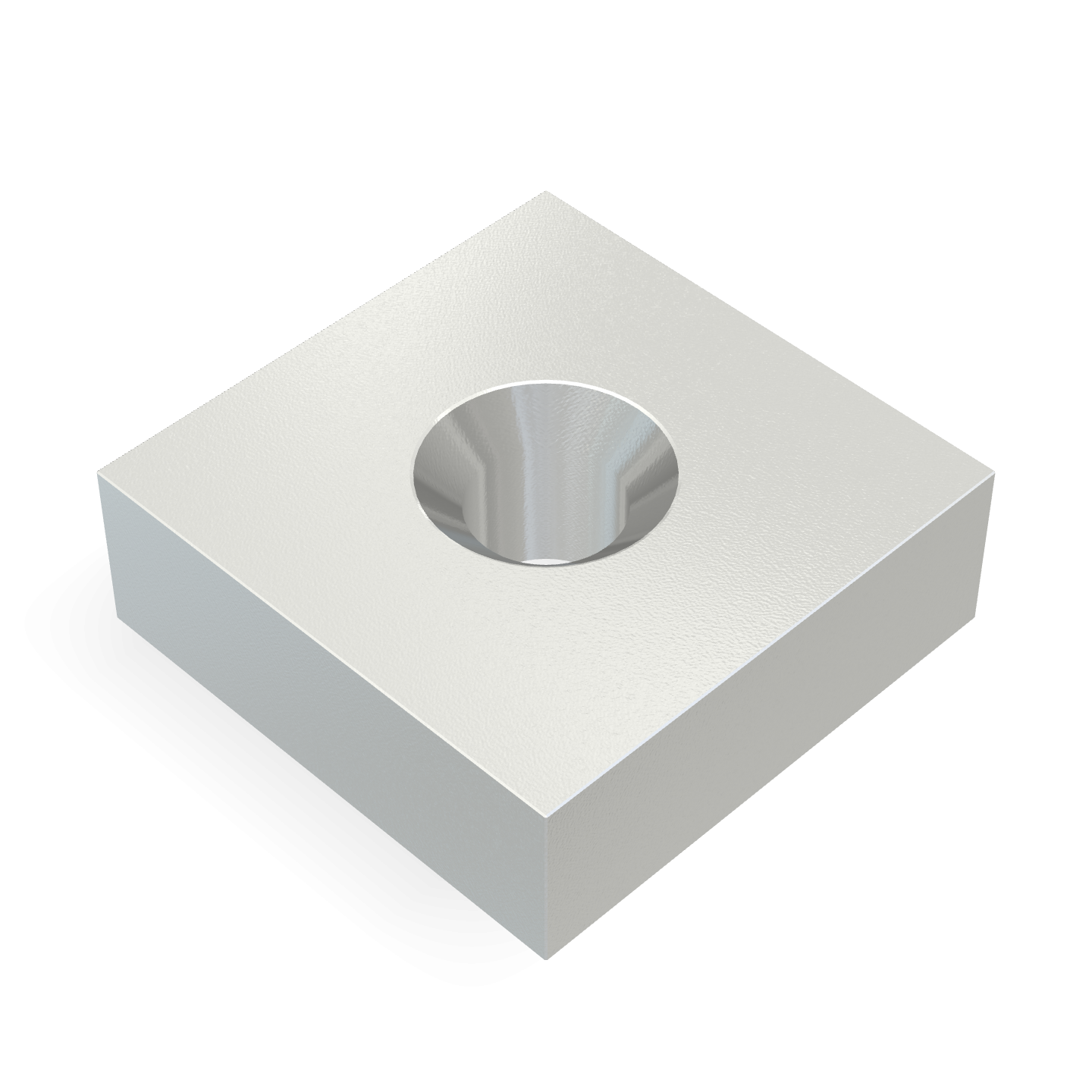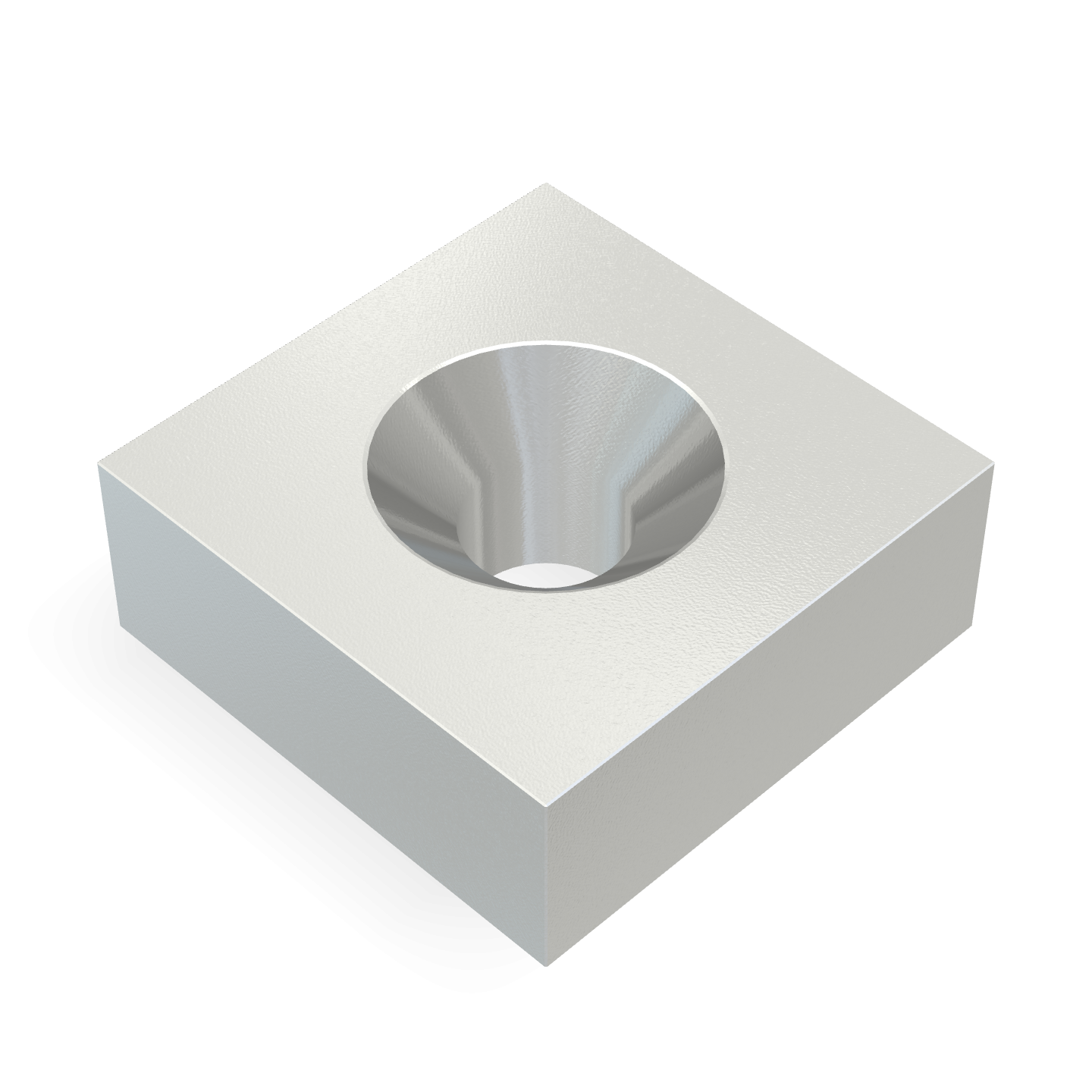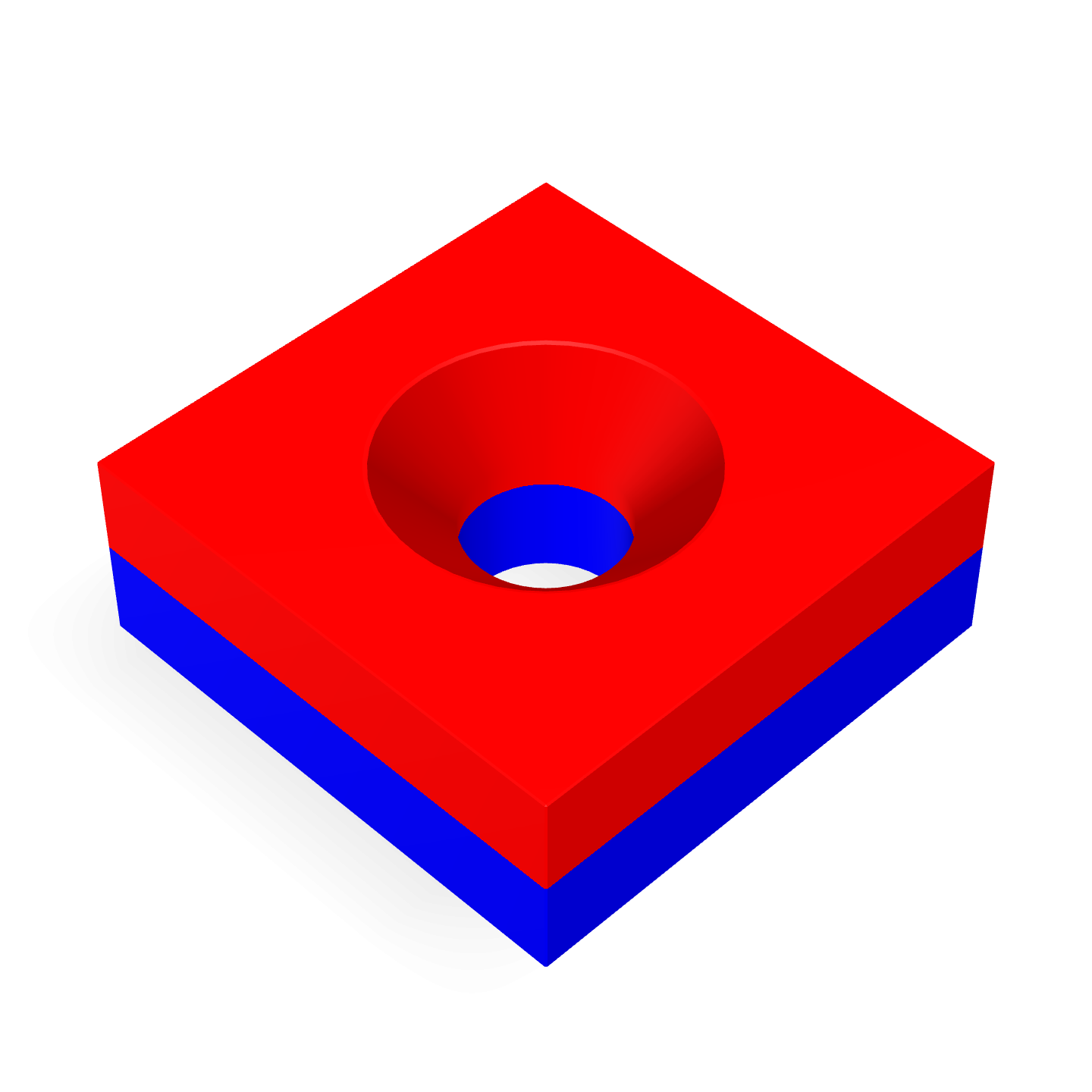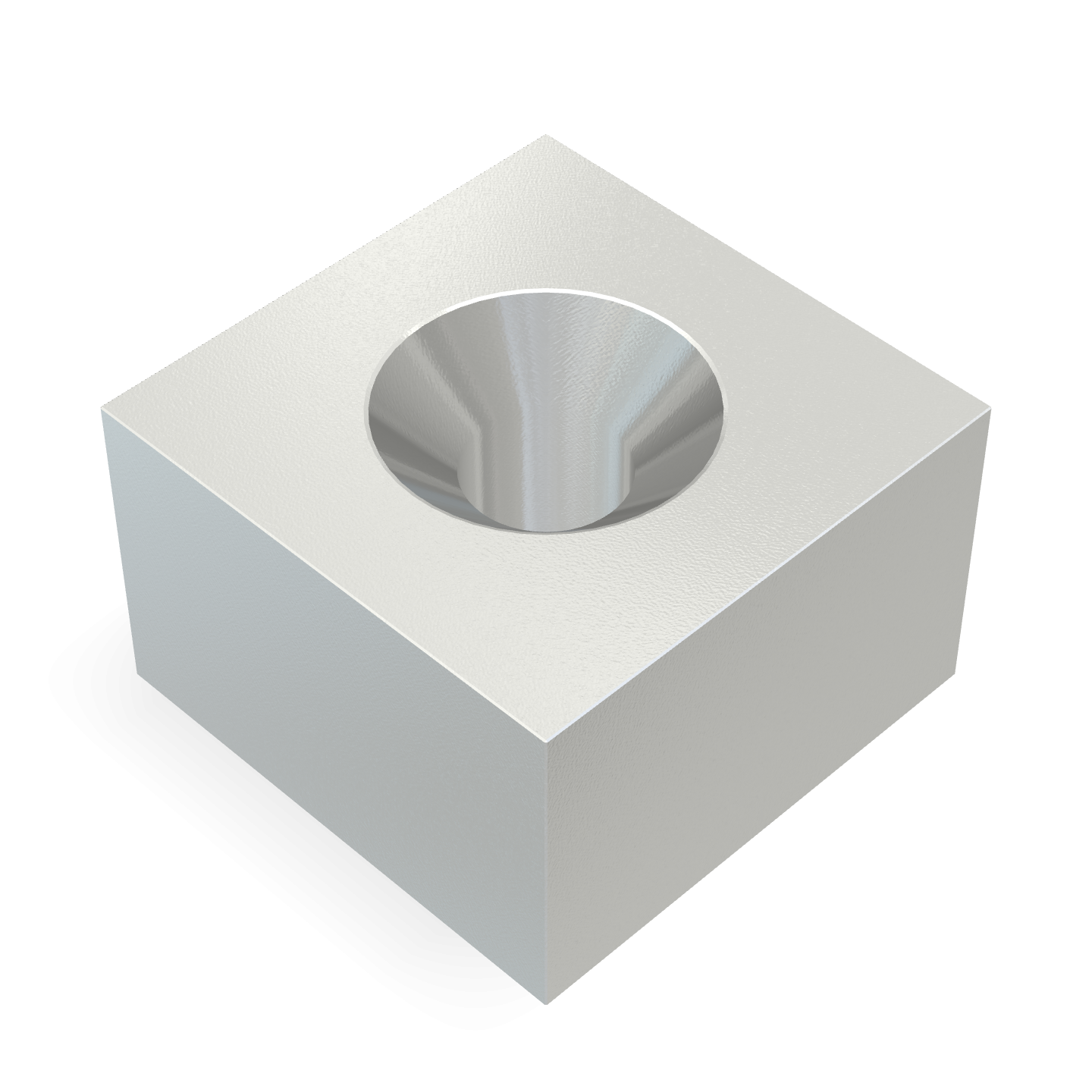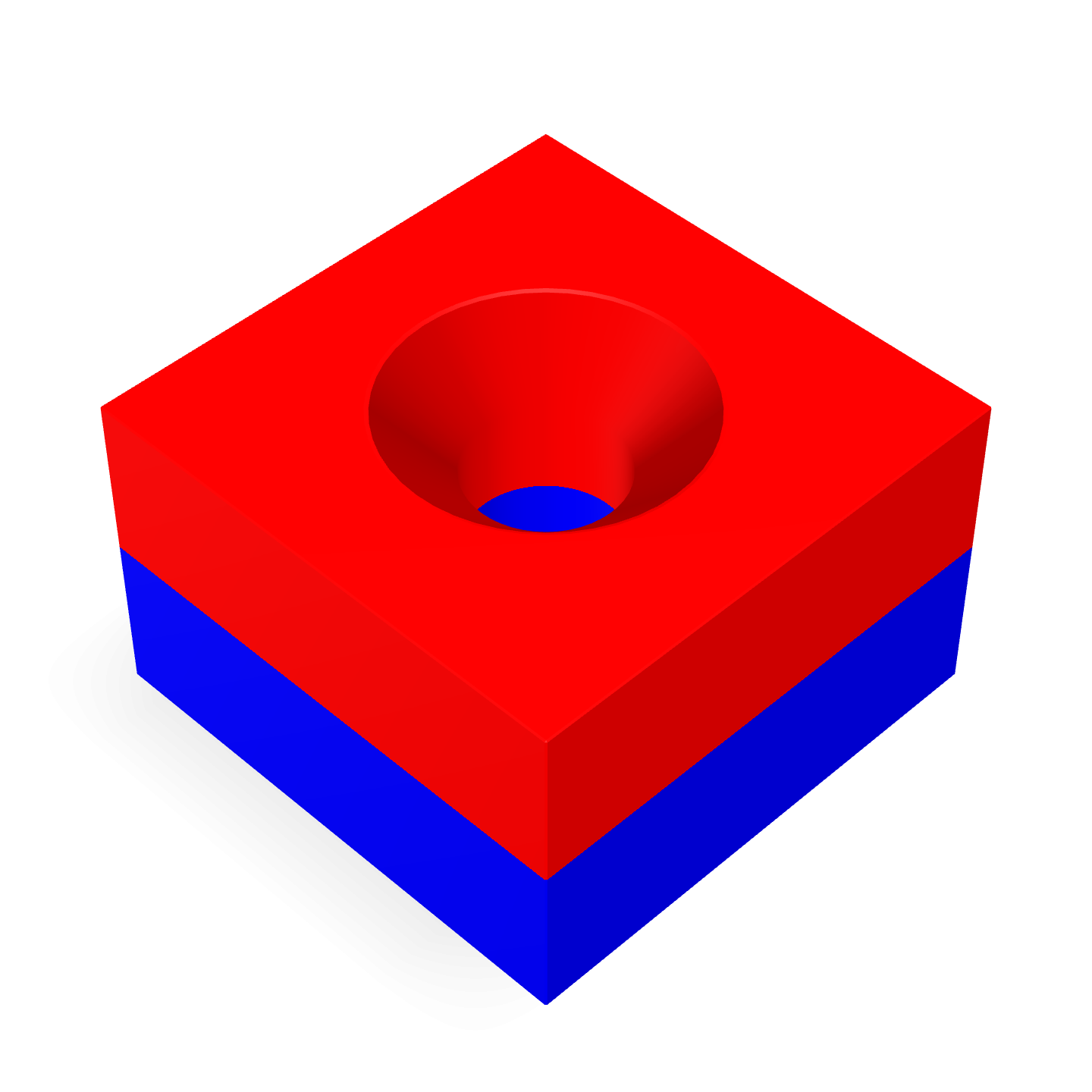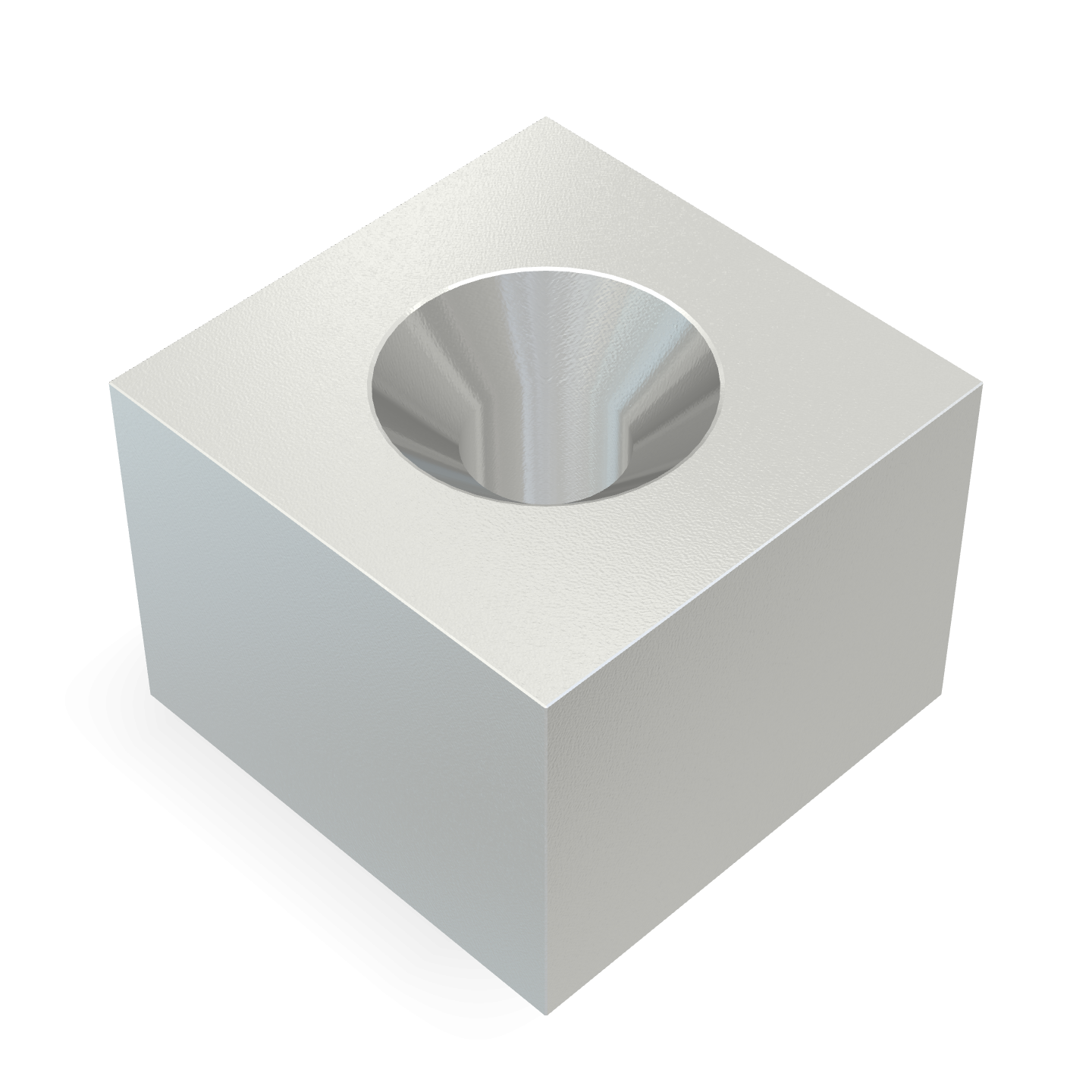Everything You Need to Know About Magnetic Materials Used in Consumer Electronics
Modern consumer electronics are remarkable feats of engineering: compact, efficient, and highly functional. Behind the seamless operation of devices like premium headphones, smartphones, and high-speed hard drives lies a critical component—magnets. They are fundamental in enabling motion, sound reproduction, haptic feedback, and precision control.
Magnetic materials, particularly neodymium-based magnets, are widely employed because of their exceptional energy density, small form factor, and long-term stability. This article explores how magnets function inside consumer electronics, the considerations engineers must make when selecting materials, and the technical rationale behind material choices.
Why Magnetic Materials Matter in Consumer Electronics
Magnets are integral to nearly every consumer electronic device. Their performance affects sound quality, motor efficiency, vibration feedback, and positional accuracy. Three core applications illustrate their importance:
1. Motion and Energy Conversion
Micro-motors and actuators are present in cooling fans, vibration modules, autofocus systems, and optical assemblies. Magnets generate a stable magnetic field that converts electrical energy into controlled mechanical motion. The strength and shape of the magnet determine torque, response time, and energy efficiency.
2. Sound Reproduction
In headphones, earbuds, and speakers, magnets interact with the voice coil to move diaphragms, producing sound. Strong neodymium magnets allow for higher sensitivity and lower distortion, directly influencing clarity, bass response, and dynamic range.
3. Data Storage
Hard drives rely on high-strength neodymium magnets to control the voice coil actuator that positions read/write heads over data platters. Precision and stability over millions of operations are critical, which requires strict control over magnet grade, coercivity, and thermal properties.
Why Neodymium Magnets Are the Industry Standard
Neodymium magnets are the preferred choice in high-performance electronics because they deliver the highest magnetic energy density of commercially available magnets. Engineers often search for terms like “magnets in headphones neodymium” or “hard drive neodymium magnet” due to their prevalence in these applications. Key advantages include:
- Exceptional magnetic flux in compact volumes, enabling miniaturization.
- Enhanced motor efficiency and torque in micro-actuators.
- Improved audio fidelity due to reduced distortion and higher dynamic range.
- Long-term thermal and chemical stability under typical operating temperatures.
How Magnets Are Used Inside Devices
Headphones and Earbuds
Neodymium magnets in headphones create strong, localized magnetic fields that interact with voice coils to convert electrical signals into sound. Their compact size allows for lightweight, high-performance drivers, contributing to superior bass response and sound clarity even in miniature earbuds.
Hard Drives
Hard drives utilize high-grade neodymium magnets to operate voice-coil motors with micrometer precision. The magnets maintain consistent flux density over time, ensuring accurate read/write head positioning. Material choice, grade (e.g., N48, N52), and tolerance are critical for long-term reliability.
Smartphones
Modern smartphones incorporate magnets in several key components:
- Linear haptic actuators for tactile feedback
- Micro-speakers and earpiece drivers
- Camera autofocus and optical image stabilization modules
- Magnetic alignment for wireless charging and accessory attachment
The choice of magnet impacts responsiveness, efficiency, and spatial constraints within ultra-thin form factors.
Choosing the Right Magnetic Material
Selection depends on magnetic strength, shape, thermal stability, and manufacturing constraints:
- Sintered neodymium magnets: High magnetic strength, suitable for motors, speakers, and actuators where maximum flux is needed.
- Bonded neodymium magnets: Flexible shapes, ideal for compact or complex geometries in motors and sensors.
- Ferrite magnets: Cost-effective, moderate magnetic strength; used in basic applications.
- Samarium-Cobalt (SmCo) magnets: High-temperature tolerance, corrosion resistance, and stability for demanding applications.
For OEMs, Magfine provides guidance on material selection, custom magnet shapes, coatings, and production tolerances optimized for mass manufacturing.
Why Manufacturers Work With Magfine
Magfine’s vertically integrated manufacturing ensures control over every stage: material sourcing, production, machining, coating, and inspection. Automated lines and strict process control guarantee consistent magnetic performance, precise tolerances, and high reliability across all batches.
Common Questions
Because they provide strong, stable magnetic fields in compact sizes, which improves audio clarity, bass response, and efficiency.
Yes. Hard drive neodymium magnets must precisely position the read/write arm over data tracks with micron-level accuracy.
Small, high-strength neodymium magnets are used in haptic motors, micro-speakers, camera modules, and magnetic charging accessories.
Yes. Magfine produces custom neodymium magnets for OEMs, including specialized shapes, coatings, and tight tolerances for high-performance applications.

